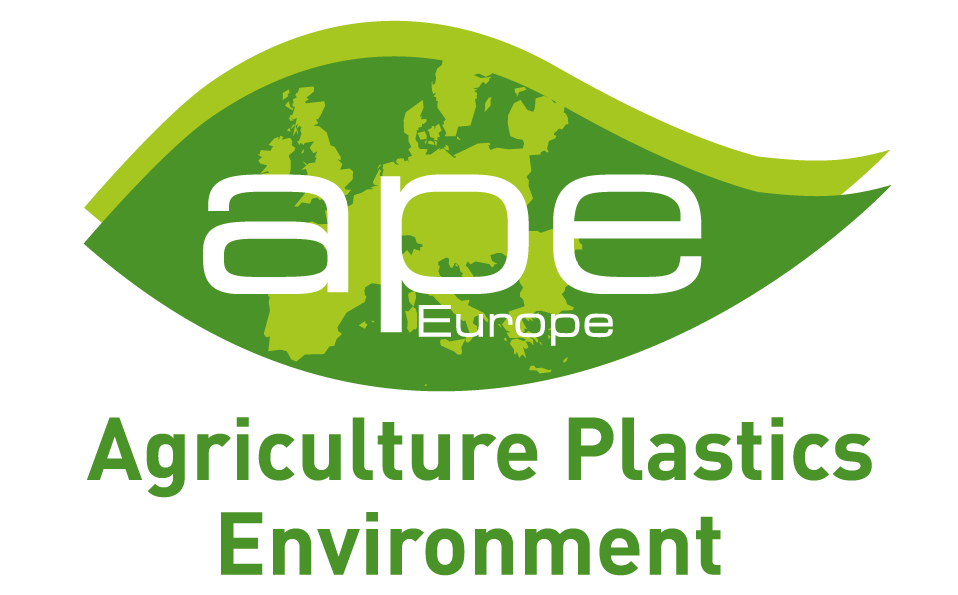EUROPEAN MODEL FOR AGRI-PLASTICS
COLLECTING SCHEMES
Plasticulture in Europe is a key player in the agroecological transition and the circular economy. Agricultural plastics, with less than 2% of European plastic consumption, account for 60% of crop and livestock production. New forms of low-input and high-productivity agricultural production use more plastic to control crop parameters (temperature, hygrometry, light, irrigation, weeds, etc.), protects plants, crops, fodder. Reducing the environmental impact of agricultural production, it allows, for a small investment, an increase of the production in quality and quantity, while having less recourse to the products of synthesis.
However, in the absence of end-of-life management, agri-plastics have negative externalities after their useful life. In contact with soil and crops, they can be heavily soiled up to 3 to 4 times the weight of the new plastic put in the field. They represent large volumes that farmers cannot manage in good technical and economic conditions. In the absence of a specific scheme, this waste, which does not fall under the category of household waste, can be burned or buried, when it is not simply abandoned in nature, thus contributing to Marine Litter.
Essential for agricultural production, the absence of end-of-life management system strongly penalizes the agricultural sector. However, proven, technical and economical solutions had been developed by the sector itself and should be put in place wherever they are lacking. The following guideline had been formalized by the partner of the existing European agri-plastics collecting scheme to better understand their factor of success and help in the implementation of new schemes where needed.


